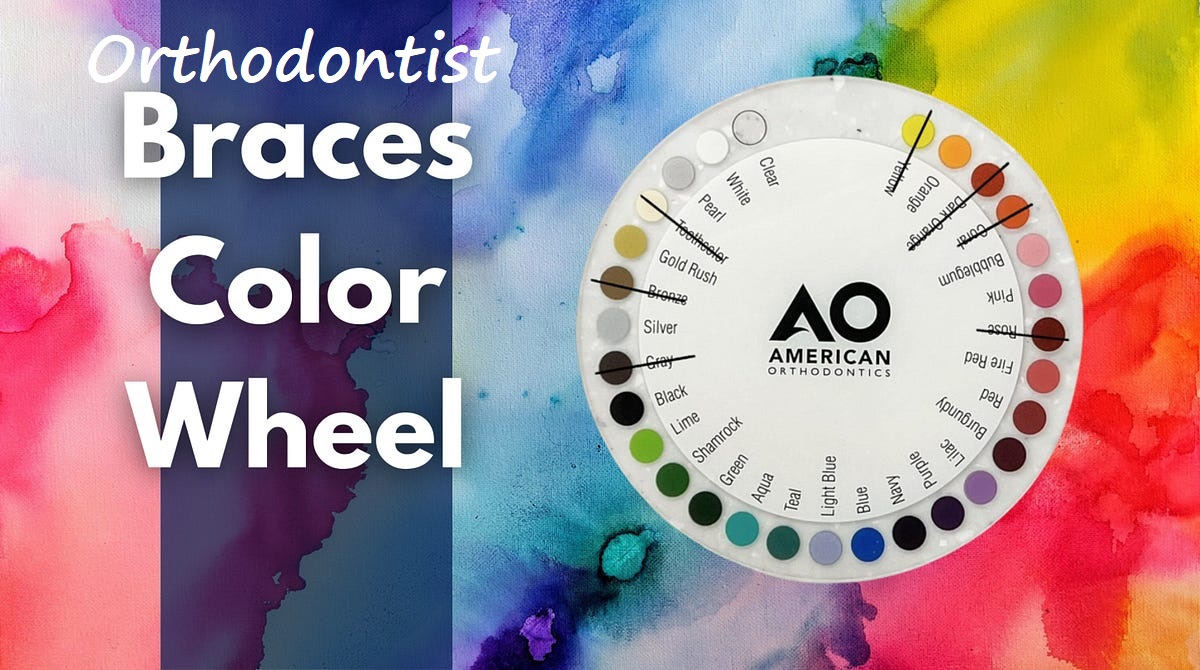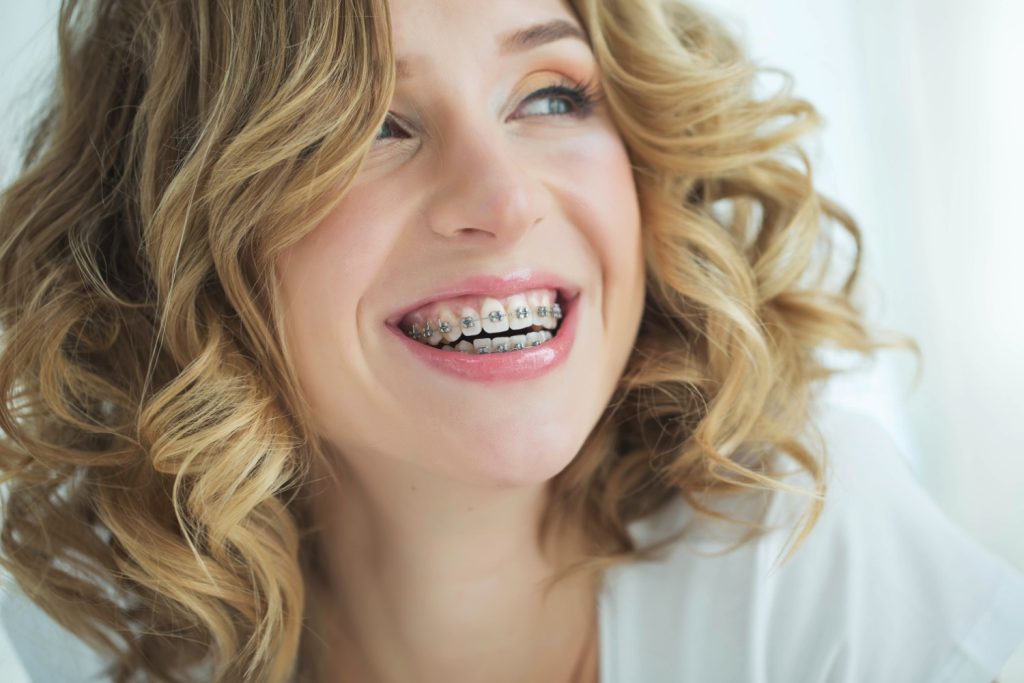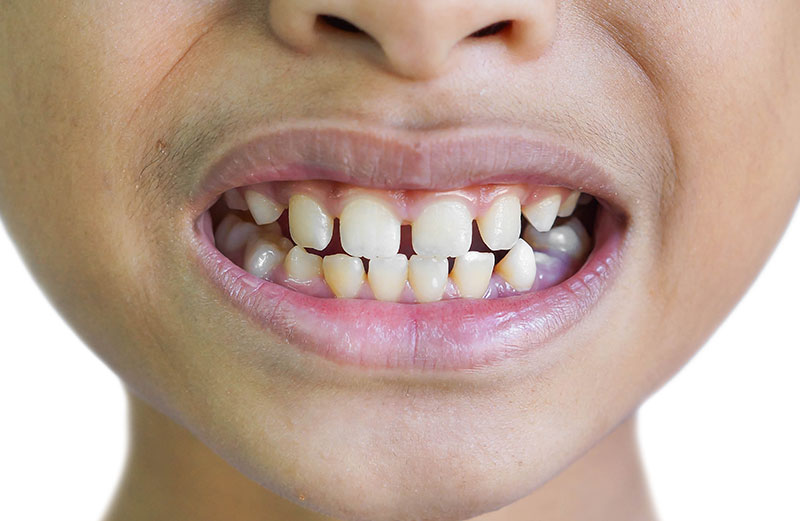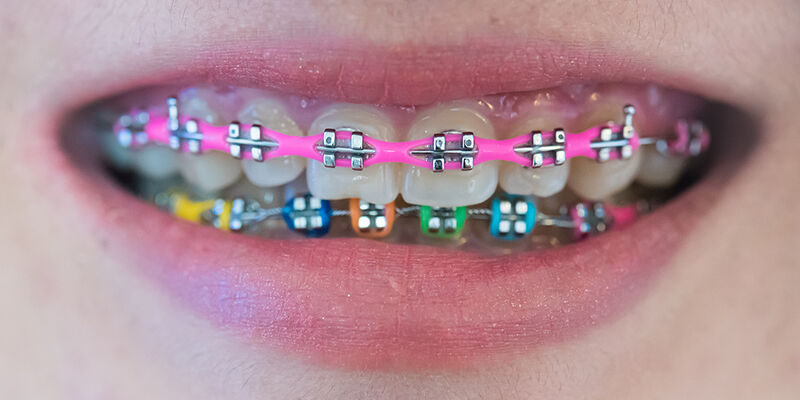Orthodontist braces color wheel

Braces are a popular orthodontic treatment used to straighten teeth, correct bite issues, and improve overall dental health. One of the fun aspects of wearing braces is choosing the color of the rubber bands or ligatures that hold the brackets in place. Orthodontists often use a color wheel to help patients select their preferred colors for their braces. This guide will explore the orthodontist braces color wheel in detail, including how it works, popular color choices, and tips for making the best selection.

What is an Orthodontist Braces Color Wheel?
An orthodontist braces color wheel is a tool used to help patients choose the color of their braces’ rubber bands, also known as ligatures or elastics. The wheel is typically a visual display of various colors arranged in a circular pattern. Each color represents a different option that patients can choose from to customize the appearance of their braces.
The color wheel may be presented in the orthodontist’s office during an appointment or provided as a digital tool for online selection. It helps patients visualize how different colors will look on their braces, making the decision process more straightforward and enjoyable.

How Does the Color Wheel Work?
The color wheel works by displaying a range of colors that patients can select for their braces. Here’s a step-by-step guide on how the color wheel is typically used:
- Review Available Colors: The orthodontist will show the patient the color wheel, which includes a variety of color options. The colors may be categorized into different themes, such as seasonal, trendy, or classic.
- Consider Personal Preferences: Patients can choose colors based on their personal preferences, favorite colors, or any specific themes they want to incorporate. Some people may opt for bold and vibrant colors, while others may prefer more subtle or neutral tones.
- Check for Combinations: Many orthodontists offer the option to mix and match colors. The color wheel may also display potential color combinations that can be used for a more customized look.
- Select Colors: Once a patient has decided on their preferred colors, the orthodontist will note the choice and apply the corresponding rubber bands during the next appointment.
- Consider Practical Factors: Some colors may be more prone to staining or discoloration. The orthodontist can offer advice on how certain colors may affect the appearance of the braces over time.
Popular Braces Colors and Trends
Braces colors are not just about aesthetics; they can also reflect personal style and preferences. Here are some popular color choices and trends for braces:
1. Classic Colors
- Black: Often chosen for its sleek and sophisticated look. It can make the braces less noticeable and contrasts well with the brackets.
- White: A clean and subtle choice that blends well with teeth. However, it may become discolored over time.
- Silver: A metallic color that complements the metal brackets and gives a more uniform look.
2. Bright and Bold Colors
- Red: A vibrant color that can make a strong statement. Often chosen for its bold and energetic appearance.
- Blue: A popular choice that comes in various shades, from light sky blue to deep navy.
- Green: Offers a fun and lively look. Darker shades of green can provide a more understated appearance.
3. Pastel Colors
- Pink: Soft and subtle, pastel pink can give a gentle, feminine touch to the braces.
- Purple: Available in various shades, from lavender to deep violet. It provides a unique and stylish appearance.
- Mint Green: A refreshing and trendy color choice that is not too overpowering.
4. Seasonal and Themed Colors
- Holiday Colors: Red and green for Christmas, orange and black for Halloween, or pastel colors for spring.
- School Colors: Many patients choose colors that match their school’s colors to show school spirit.
- Sports Team Colors: Fans may select colors that represent their favorite sports teams.
5. Color Combinations
- Two-Tone: Mixing two colors for a fun, dynamic look. Common combinations include blue and yellow or pink and purple.
- Rainbow: Using a different color for each bracket or band to create a colorful, eye-catching effect.
- Gradient: Choosing colors that blend seamlessly from one shade to another, creating a gradient effect.
Tips for Choosing Braces Colors
Choosing the right color for your braces can be a fun and creative process. Here are some tips to help you make the best choice:
1. Consider Your Skin Tone
Different colors can complement or contrast with your skin tone. For example, warmer colors like red and orange may look great on individuals with warmer skin tones, while cooler colors like blue and green may suit those with cooler skin tones.
2. Think About Staining
Certain colors, particularly light shades and white, may be more prone to staining from foods and beverages. If you choose a color that is more susceptible to discoloration, be mindful of the foods and drinks you consume.
3. Choose Colors That Reflect Your Personality
Your choice of colors can be a reflection of your personality. Whether you prefer bold and bright colors or subtle and classic shades, select colors that make you feel confident and happy.
4. Experiment with Combinations
Don’t be afraid to experiment with different color combinations. Mixing and matching colors can create a unique look that stands out and allows for greater personalization.
5. Consult with Your Orthodontist
Your orthodontist can provide advice on which colors might work best for your specific needs. They can also inform you about any practical considerations, such as how certain colors may affect the appearance of the braces over time.
Maintenance and Care for Colored Braces
Maintaining the appearance of your braces, regardless of the color you choose, is important for overall oral health. Here are some tips for keeping your colored braces in top condition:
1. Brush and Floss Regularly
Regular brushing and flossing help prevent plaque buildup and keep your teeth and braces clean. Use a soft-bristled toothbrush and fluoride toothpaste to avoid damaging the braces or discoloring the bands.
2. Avoid Staining Foods and Drinks
Certain foods and beverages can stain the rubber bands on your braces. Limit your consumption of coffee, tea, red wine, and other staining substances to maintain the appearance of your braces.
3. Visit Your Orthodontist for Regular Adjustments
Regular orthodontic visits are essential for monitoring the progress of your treatment and ensuring that the braces are functioning properly. During these visits, you can also choose new colors for your rubber bands if desired.
4. Maintain Good Oral Hygiene
Good oral hygiene practices are crucial for preventing oral health issues and maintaining the appearance of your braces. Follow your orthodontist’s recommendations for cleaning and care.
Conclusion
The orthodontist braces color wheel is a fun and practical tool that allows patients to personalize their braces and express their individual style. By understanding how the color wheel works and considering factors such as personal preferences, skin tone, and staining potential, you can choose the best colors for your braces. Whether you opt for classic, bold, pastel, or themed colors, the right choice will help make your orthodontic experience more enjoyable and unique.
With proper care and maintenance, your colored braces will not only enhance your smile but also contribute to your overall oral health. Enjoy the process of selecting your colors and embrace the opportunity to showcase your personality through your braces.
Related to read:
Best Oral Hygiene Practices For Optimum Oral Health.
How to Whiten Teeth Naturally?
How to keep your gums healthy and disease-free?
References
To ensure the information provided is accurate and up-to-date, the following sources were referenced:
- American Dental Association. (n.d.). Plaque and Tartar. Retrieved from ADA website
- Mayo Clinic. (n.d.). Dental Plaque. Retrieved from Mayo Clinic website
- National Institute of Dental and Craniofacial Research. (n.d.). Periodontal (Gum) Disease. Retrieved from NIDCR website









